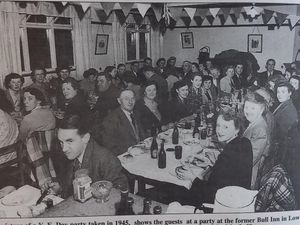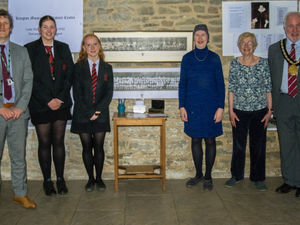The Black Panther: The grim murder that shook Shropshire and the nation
Serial killers do not come more sinister than Donald Neilson. He revelled in his nickname The Black Panther, given because of the way he swiftly pounced on his victims wearing a dark hood.
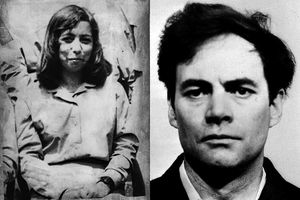
The army-obsessed former soldier planned his crimes with a military precision and became perturbed when he felt the media did not give him the attention he craved.
And nowhere was the fear felt more keenly than in the close-knit former mining community of Highley, where Neilson committed his most notorious crime. This small village near Bridgnorth was shaken to the core when Neilson abducted, and then murdered, teenage heiress Lesley Whittle, having demanded a £50,000 ransom.
It is 40 years this week since Neilson was handed five life sentences at Oxford Crown Court for his year-long reign of terror which claimed five lives.
Former Shropshire Star editor Andy Wright was in court to see him told by judge Mr Justice Mars-Jones that the enormity of his crimes put him in a class apart from almost all convicted murderers, and that he should never taste freedom again.
Mr Wright recalls him looking almost impassive while in the dock.
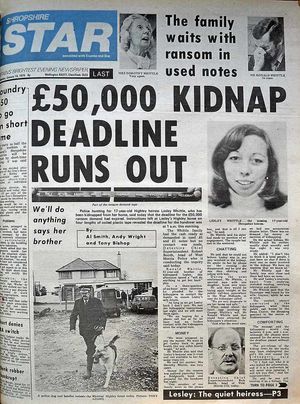
"He seemed pretty collected. I suppose there is an air of resignation when you have been caught for crimes like this that you are going to be sent to prison for a long time," he says.
Neilson had killed three times before Lesley's murder, and once more afterwards. His victims included a postmaster's husband from Langley in the Black Country and a security guard at the Dudley Freightliner rail terminal. But it was the death of 17-year-old Lesley, who was doing her A-levels at Wolverhampton's Wulfrun College, which really shook the nation.
"There was an awful lot of apprehension once it became clear he was also responsible for the murder in the Black Country, and the shooting in Dudley," remembers Mr Wright, who covered Lesley's abduction from start to finish.
"People were pretty unsettled that he was around."
Neilson had snatched Lesley from her bedroom in Highley in January 1975, leaving a ransom note, demanding £50,000 from her wealthy family.
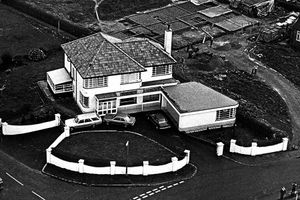
Neilson had tethered Lesley by a noose in a drainage shaft beneath a Staffordshire park, and it was there where her body would be found following a botched attempt by police to trap him during a ransom drop.
Neilson was born Donald Nappey in 1936, and was said to have suffered many taunts about his unfortunate surname while growing up in his home town of Bradford.
He had served as a lance corporal in the Army, but had struggled to settle into civilian life after giving up his military career to spend more time with his wife Irene and daughter Kathryn.
Described as "having a chip on his shoulder" with little respect for authority, he struggled with the idea of working for somebody else. Instead, he embarked on a series of unsuccessful business ventures and turned to crime.
He began as a prolific burglar, responsible for more than 400 unsolved break-ins. His offending stepped up a gear following a break-in at a house in Cheshire where, having discovered guns and ammunition, he decided that armed robbery would be a more lucrative career option.
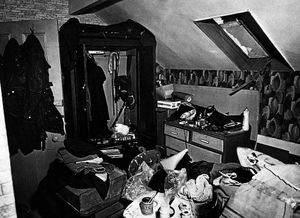
Between 1971 and 1974, Neilson robbed 14 post offices, becoming increasingly more violent as time went on. He nearly came unstuck in January 1972, when he was disturbed during a break-in at a post office in Heywood, Lancashire. Postmaster Leslie Richardson and his wife woke to find Neilson in their bedroom. A struggle ensued in which Mr Richardson fired the gun twice, and Neilson fled empty-handed.
He killed for the first time when he shot postmaster Donald Skepper during a robbery at Harrogate in February 1974. He murdered another postmaster, Derek Astin of Baxenden, Lancashire, in September 1974. It was here that he picked up his nickname after Mr Astin's wife Marion told reporters he was "so quick, he was like a panther".
It was just two months before he struck again, this time in the Black Country. He brutally battered sub-postmistress Margaret Grayland, who kept a post office in Langley, near Oldbury, and shot her husband Sidney dead.
However, when Neilson kidnapped Lesley the following January, police were slow to link the crime with the Panther murders. Neilson's carefully laid plans began to unravel during a botched ransom drop at Bathpool Park, Kidsgrove, yards from where Lesley was being held in a deep drainage shaft. Lesley's brother Ronald was supposed to go to the park and wait for Neilson to signal to him by flashing a torch. But, by coincidence, another couple turned up at the park, resulting in confusion.
Neilson drove to Dudley where he attempted to rob the Freightliner terminal. He shot security guard Gerald Smith six times, causing him injuries which would result in his death the following year. Neilson left his getaway car behind. It was another eight days before police discovered the stolen green Austin 1300, and found recordings of Lesley's voice and shotgun cartridges matching those used in the murders.
Lesley's body was not found until the following month, and despite the discovery, Neilson would evade capture until November that year.
Pcs Tony White and Stuart Mackenzie were on routine patrol in Mansfield Woodhouse, Nottinghamshire, when they noticed a man acting suspiciously. A search of Neilson's house found a secret lair in a locked attic, filled with trophies from his crimes, weaponry, his notorious "Black Panther" hoods – and a model of a black panther. Neilson died aged 75 in the early hours of December 17, 2011.


